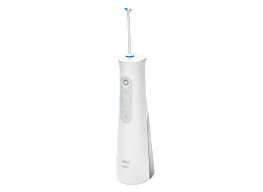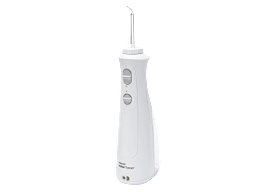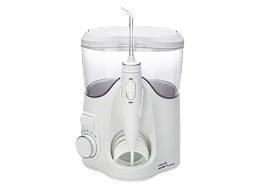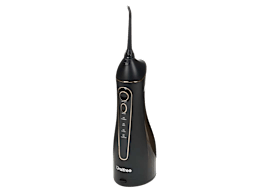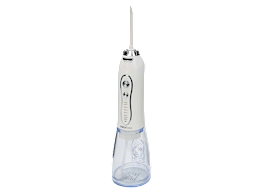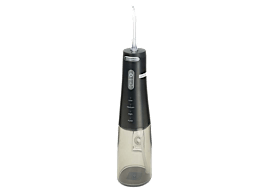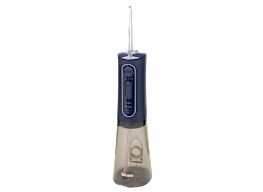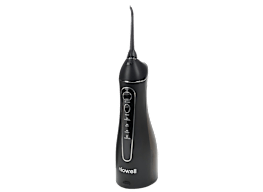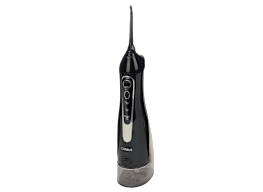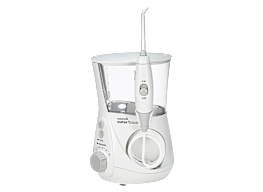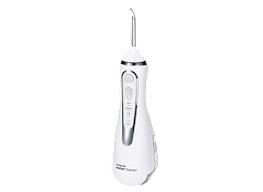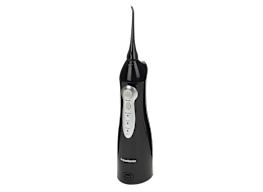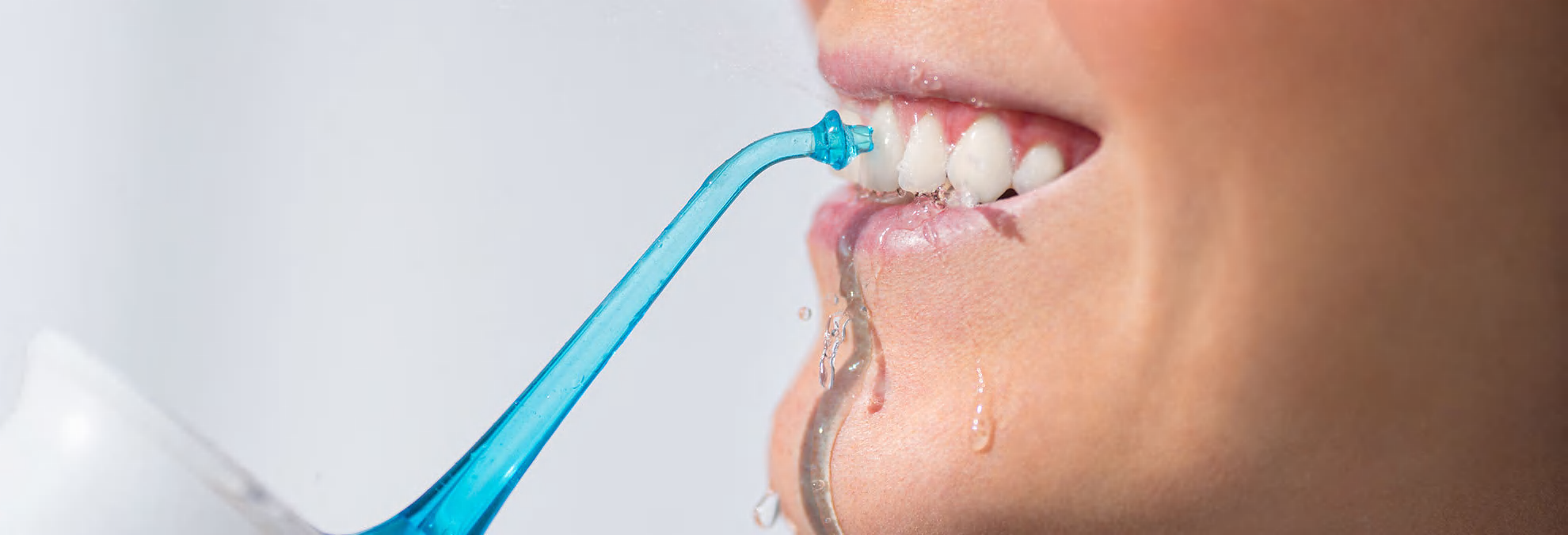
Water Flosser Buying Guide

Senior Health & Food Reporter
Cleaning between your teeth is critical. But if you hate using string floss or simply don’t use it regularly, water flossers offer an appealing alternative. These devices produce a pulsing, high-pressure jet of water intended to blast away food debris and plaque from teeth. Countertop units usually include a tank (that sits on your counter) and a separate handset connected to the tank by a tube; cordless flossers have a tank that’s incorporated into the handset. Some come with a charging stand, while for others you plug a cable right into the water flosser.
While the brand name Waterpik has often been used synonymously with water flossers in general, these days, there are plenty of other players in the market. In CR’s evaluations of water flossers, Waterpik products earned many of the top spots in our ratings. Still, we found that you have several other good options, especially if you’re looking to save money.
Who Should Consider a Water Flosser?
Your toothbrush (whether manual or electric, sonic or rotating) can do a great job of removing the bacterial film that builds up on your teeth before it turns into plaque or leads to cavities. But your toothbrush can’t reach every part of every tooth, so you need another tool to remove the bacteria between your teeth, where your brush bristles can’t reach. Water flossing is one option.
According to dentists we’ve spoken to, string floss may have a slight advantage over water flossing because the string can directly scrape away bacteria. Still, if you’ve had trouble making string floss or interdental brushes part of your daily routine, water flossing is definitely worth a try.
A water flosser has some particular benefits, too. It can be a lot easier than string floss if you have braces or other orthodontia. It can also be especially helpful in cleaning around dental implants or bridges. And for people with limited hand dexterity, using a water flosser can be a lot easier than messing around with string floss.
Some dentists may also recommend water flossers specifically for people with gum disease. That’s because there are some studies that suggest the water jet may help flush bacteria out from what dentists call periodontal pockets. Those are spots where diseased gum tissue has drawn away from the tooth’s root, forming a pocket between the gum and tooth where bacteria can collect and thrive.
Still, when CR spoke with a past president of the American Academy of Periodontology, Chris Richardson, DMD, he recommended thinking of water flossers as a good adjunct to string floss if you have gum disease, but not as a replacement for it.
Water Flosser Features to Consider When You Shop
Countertop or cordless: Countertop units plug directly into a wall socket and are designed to stay on your bathroom counter. Water in the unit’s tank is pumped through a tube to the handset. With cordless flossers, the tank is incorporated into the handset. They must be periodically charged (manufacturers generally claim they’ll last a few weeks between charges), but they can be stored in a cabinet. Countertop units generally take up more space, though they can also be easier to fill than cordless flossers.
Number of pressure settings: Multiple pressure settings are important when you first buy a water flosser, because you’ll want to start out on the lowest setting while you get used to your flosser. Our tests treat more pressure settings as preferable, so you can more gradually increase the pressure as your gums become accustomed to the feel.
Capacity: Tanks with greater capacity mean you can use your water flosser for longer—doing a more thorough job—without having to refill it.
Different nozzle tips: Many flossers come with specialized tips. These can include tips for working around orthodontia or around implants or dentures, tips for tongue cleaning, and more.
Timer: Some water flossers come with a timer feature that alerts you when you’ve been flossing for 30 seconds (time to switch sides) and 1 minute (all done). This is similar to many electric toothbrushes that come with 2-minute timers, though there’s no expert consensus on how long you should use a water flosser (as there is with a toothbrush).
On-demand mode: In addition to an on/off switch that you use to start and stop the flow of water, some flossers have an additional button that allows you to spray water only when you’re pressing down on the button. That can help you avoid spraying water errantly around your bathroom and making a mess.
How CR Tests Water Flossers
We score water flossers on their noisiness, ease of use, ease of battery charging, and capacity. To evaluate ease of use, we take into account things like how easy their tanks are to refill, the number of cleaning modes and supplied nozzle tips, and how easy it is to accidentally activate the flosser while you’re holding it (which can cause a real mess when you accidentally spray water all over your bathroom).
For ease of battery charging, we take into account whether the handset can simply be placed on the charging unit, or whether you need to uncover a charging port to plug it in. We measure capacity by both the volume of water that the reservoir holds and how long it takes the tank to run out of water while on the flosser’s highest pressure setting.
















